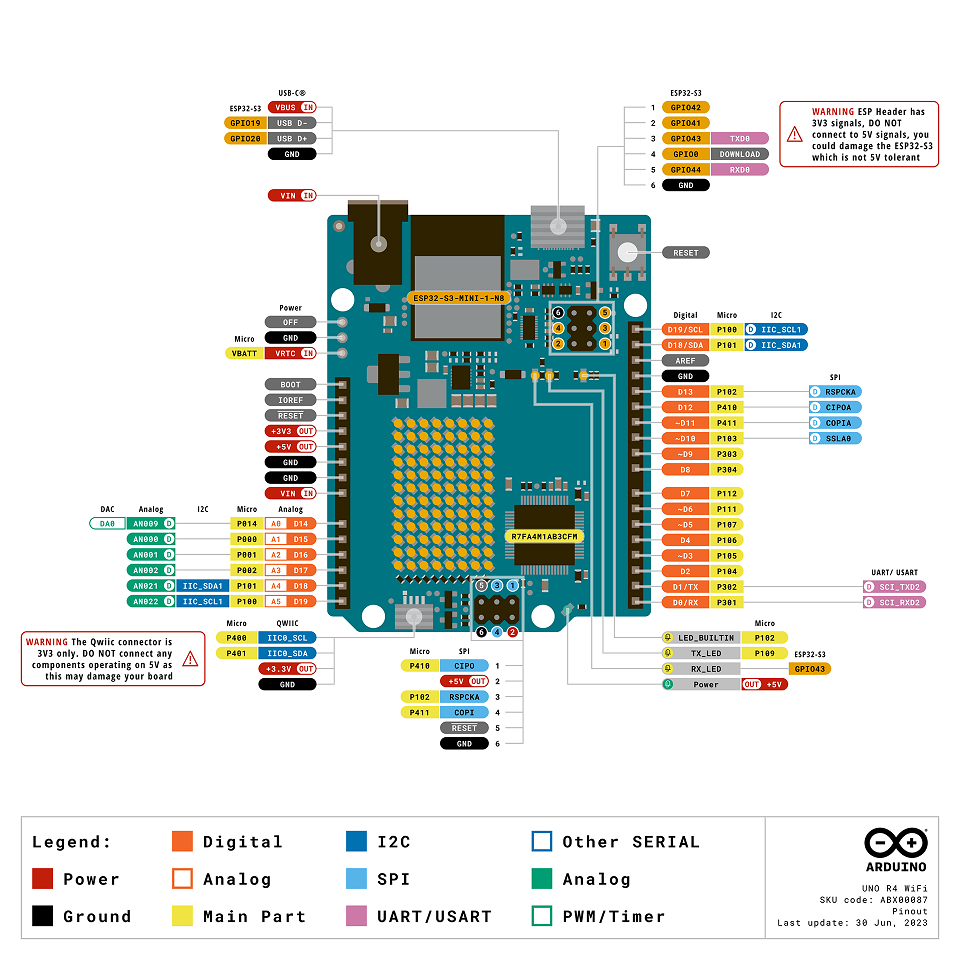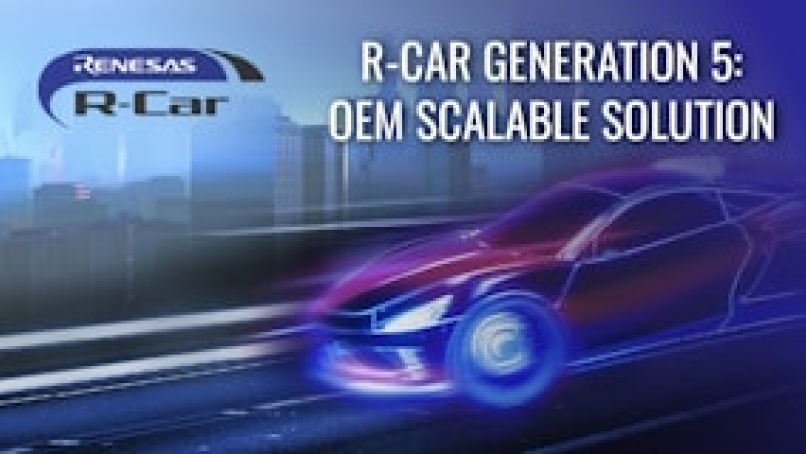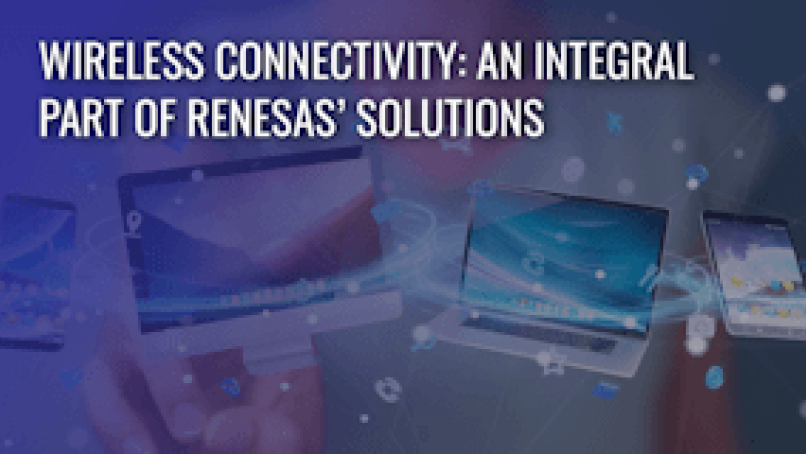Guest Executive Blog
By Fabio Violante, CEO of Arduino
Key Takeaways:
- Arduino’s user base continues to diversify from hobbyists to include a growing number of applications in enterprise designs
- Renesas’ $10M investment enabled Arduino to launch the Uno R4, which moved the processing element from 8 to 32 bits – a massive performance boost
- This advance is further accelerating adoption of Arduino among enterprise-class designers
Renesas Partnership Proves that Arduino Isn’t Just for the Weekend DIYer
Renesas Electronics sat down recently with Fabio Violante, CEO of Arduino, to discuss how the open-source development environment is evolving as its user base expands. The conversation came just more than a year after Renesas invested $10 million in Arduino as part of its $32 million Series B funding round. The investment, which also granted Arduino access to Renesas’ industry-leading portfolio of MCUs/MPUs, analog, power, and connectivity products, acknowledges the vast reach of Arduino, which is quickly evolving from a hobbyist outlet into a full-blown enterprise design tool.
Q: What was the original mission of Arduino?
Fabio: The mission of Arduino has always been very simple. We enable anyone to innovate by making complex technology easy to use. The company’s soul revolves around this mission because right now we have a generation of people who are spectators to the technology scene. They are users of smartphones and tablets, but the number of creators is very limited. Arduino aims to provide easy-to-use tools on a very sophisticated platform that enables people to be creative from the time they are kids.
Q: How has Arduino changed since you joined the company? What’s the typical user profile?
Fabio: I joined Arduino in 2015 informally as a friend of one of the co-founders. When I took the role of CEO in 2017, I started digging into our community, which right now is 40 million people, more or less. So, that’s 40 million people visiting our website every year and downloading the Arduino Integrated Development Environment (IDE), which is our main development tool.
We started analyzing sales and community data and attending conferences to see what people were doing with Arduino, and I discovered that we have a very diverse user base. Of course, we have a lot of do-it-yourself enthusiasts, but I also found there is a big community of STEM / STEAM teachers as well as art schools that discovered, for the first time, a platform that enabled them to add a brain to their creations without having to become an electrical engineer.
Q: From its origins as an open-source hobbyist platform, Arduino now seems to be taken pretty seriously at the enterprise level. Can you elaborate on that evolution?
Fabio: What started happening was that these DIY people began bringing Arduino into their professional lives. It was amazing to see how it was adopted across large corporations. Without naming names, many Fortune 500 companies started using Arduino for things like dashboard designs or on the production line to test - in the case of big car makers - electric fuel injection systems. We also had a leading soft drink company adopt Arduino for rapid prototyping. At this point, there are a number of large enterprises using Arduino simply because their people know the technology, they trust the platform and they like the functionality in what’s a more friendly programming environment.
We also discovered that some customers were buying 3,000 or 4,000 Arduino boards and using them as final devices in things like industrial programmable logic controllers, where the PLC main board was custom but the main microcontroller was an Arduino just snapped into place.
Q: How have these new use cases changed your approach to serving the Arduino community, and where does Renesas fit in?
Fabio: We try to listen to our customers to understand what they’re missing from Arduino. That's the reason why the Arduino product line is a broad one: to support customers when they decide to move from prototyping to production using more industrial grade hardware and “system on modules.”
This is also what led us to supplement the 8-bit Uno R3 with the launch of the Uno R4 earlier this year. Users now get a massive 32 bits of processing power using a Renesas RA4M1 32-bit MCU based on the Arm® Cortex®-M4 core all in the same form factor and with the same shield compatibility and 5V operation as the Uno R3. The Uno R4 also comes in two versions – one with Wi-Fi connectivity, which has been incredibly popular as a way to do secure prototyping in the cloud. And with the additional RAM and flash memory, users no longer have to strip down their code, which allows them to design more sophisticated applications without killing themselves because of memory constraints.
We’ve never seen a product take off so fast. We sold tens of thousands of units in the first two weeks following our commercial launch in July.

The Arduino UNO R4 Board
Q: It's been over a year since Renesas announced its investment in Arduino. Can you share how this relationship has influenced Arduino and your user community?
Fabio: The relationship with Renesas has been fantastic. Renesas is a strategic partner and investor in Arduino – even sitting on our board. The entire organization has been very supportive and collaborative in terms of the technology, the software stack and prioritizing Arduino as a customer.
For the enterprise customer, the fact that we’re now working with Renesas is really appreciated. A lot of them are already using Renesas technology, and the addition of Arduino makes it simple for them to develop code and tap into the thousands of open-source libraries available for the Arduino platform.
We received words of appreciation from the maker community, too, who may not have been as familiar with Renesas products but were pleasantly surprised – especially the segment of most advanced makers who are trying to squeeze every single bit and byte. The same is true for students as they take Arduino with them from high school to college.
Our community gets access to a wider portfolio of technologically well-known products and directly to Renesas customers in addition to helping train Renesas sales and field applications engineers. All in all, our partnership with Renesas has really helped enrich the community we’re serving.



